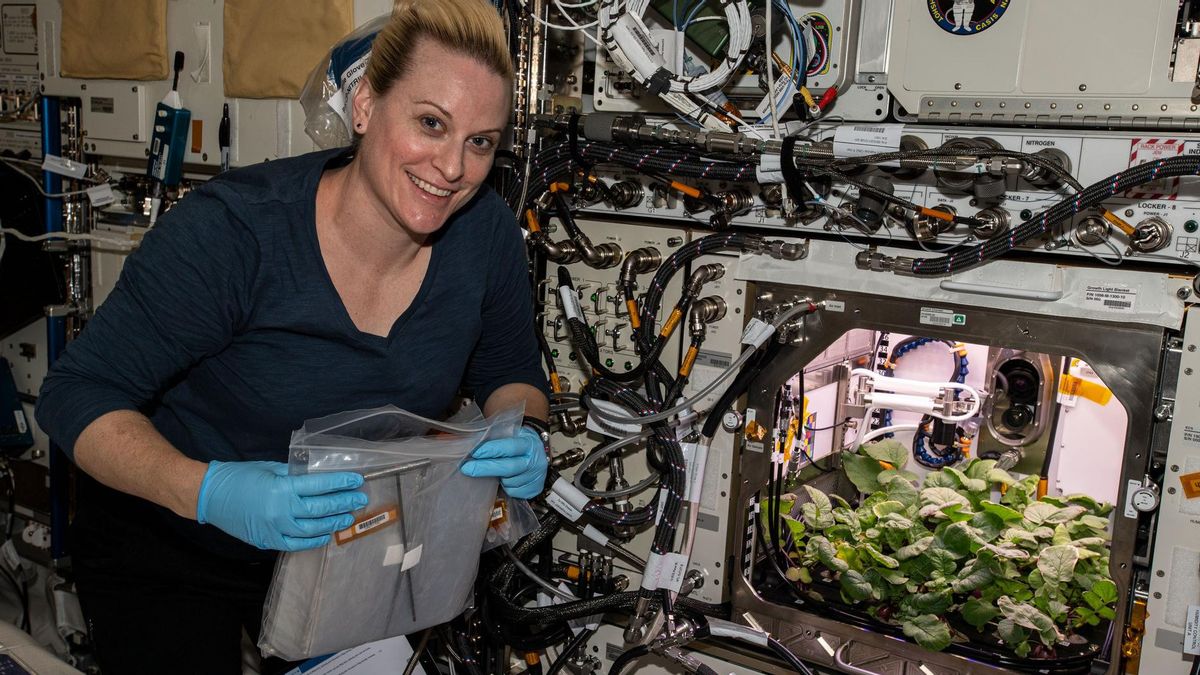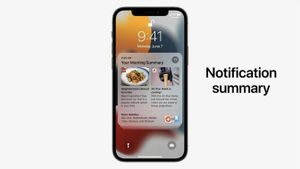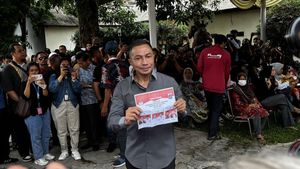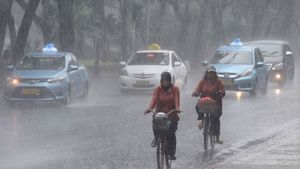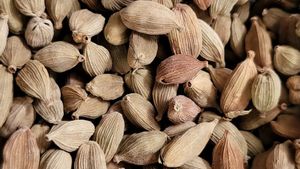JAKARTA - Growing crops in outer space is not an easy matter. But who would have thought that astronauts on the International Space Station (ISS) managed to harvest radishes in space.
This plant growing project has been carried out by NASA and a number of astronauts on the ISS on the Advanced Plant Habitat (APH) mission. This is not the first time astronauts have successfully harvested vegetables in space.
Before radishes, astronauts had time to harvest various types of vegetables, from lettuce to cabbage to kale. The plants are then sent back to Earth for research.
"Radishes are a different type of plant than the greens that astronauts previously planted on the space station, or dwarf wheat which was the first crop grown on APH," said Nicole Dufour, NASA's APH Program Manager at the Kennedy Space Center. NASA official.
Dufour also explained that the results this time were unlike the previous experiments at APH and NASA's Vegetable Production System (Veggie). At that time, they grew their plants using only porous clay media with the addition of a growth fertilizer that decomposed slowly.
Launching the CNET page, this vegetable growing experiment aims to 'invest' fresh food for astronauts who head to the moon and Mars one day. Because, of course, no one wants to live on frozen food and instant food for months or even years.
For this reason, the astronauts always carry plant seeds on their mission to carry out experiments in growing various types of plants or vegetables in space.
Farming in Outer SpaceIf you remember the science fiction film, The Martian, played by Matt Damon. He managed to harvest potatoes on Mars. Although not entirely real, but the effort to grow crops is an important mission for astronauts to be able to live in space.
That experiment was carried out by astronauts on the ISS, using the Vegetable Production System growing medium, known as Veggie, enabling astronauts to grow plants or vegetables in space.
Veggie's goal is to help astronauts and scientists study plant growth under microgravity. While adding that the possibility of astronauts being able to consume fresh food while orbiting in space.
This vegetable garden is the size of a carry-on suitcase, it can accommodate six growing media at once. The plant-growing environment in this laboratory is also equipped with a broad spectrum white LED light red, blue, green, and other color spectrum to provide light that can stimulate plant growth.
The water control system is also sophisticatedly designed, equipped with control cameras and more than 180 indoor sensors that allow researchers at NASA's Kennedy Space Center to monitor plant growth, as well as regulate humidity, temperature and carbon dioxide (CO2) concentration.

Launching the NASA website, the team has prepared a plant control population in the ground control plant habitat unit in the International Space Station Environment Simulator (ISSES) space inside the Kennedy Space Station Processing Facility.
Radish crops have been growing in nearly the same conditions at ISSES since November 17, and researchers will harvest a control crop on December 15, to compare with radishes grown in space.
Astronaut Dufour asserts that with this historic radish harvest, it does not mean that the experiment with growing food crops on the space station is over. Therefore, this experimental project will continue to be carried out by NASA scientists, researchers and astronauts.
Going forward, scientists at the Kennedy Space Center will grow more products in the future, such as tomatoes and peppers. In fact, foods like berries, certain nuts, and other antioxidant-rich foods will have the added benefit of space radiation protection for the astronauts who eat them.
The English, Chinese, Japanese, Arabic, and French versions are automatically generated by the AI. So there may still be inaccuracies in translating, please always see Indonesian as our main language. (system supported by DigitalSiber.id)
